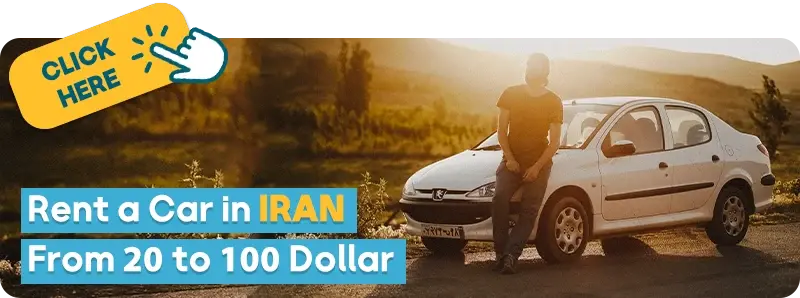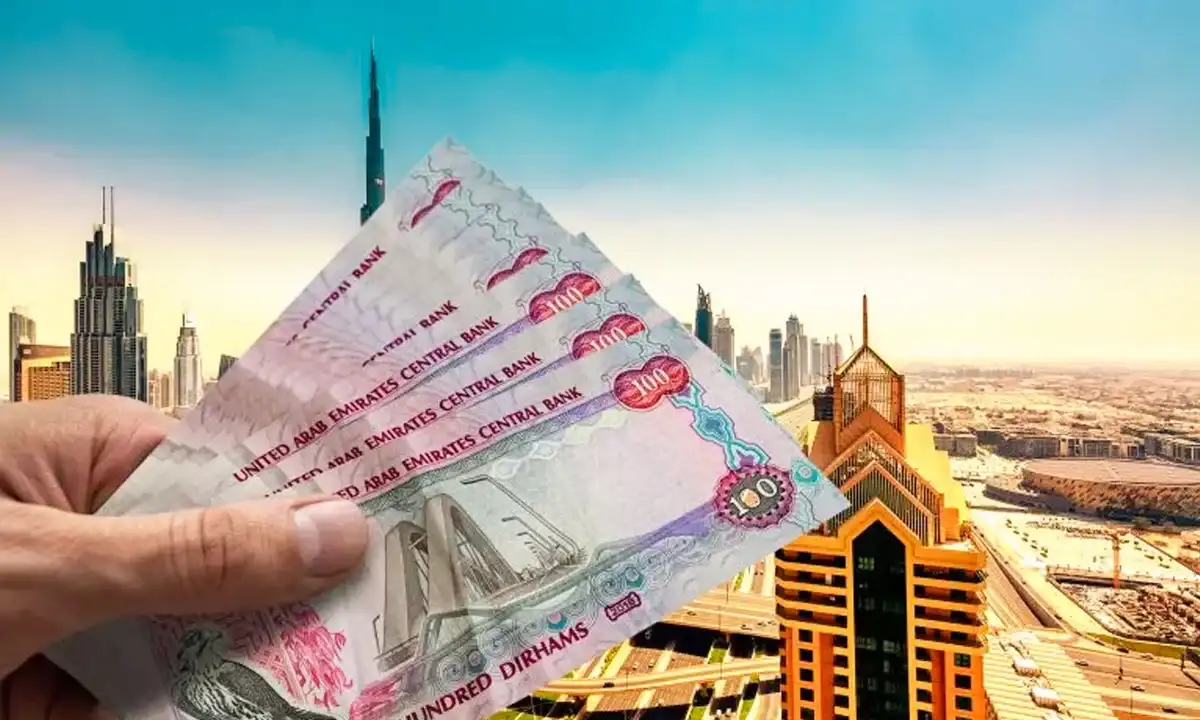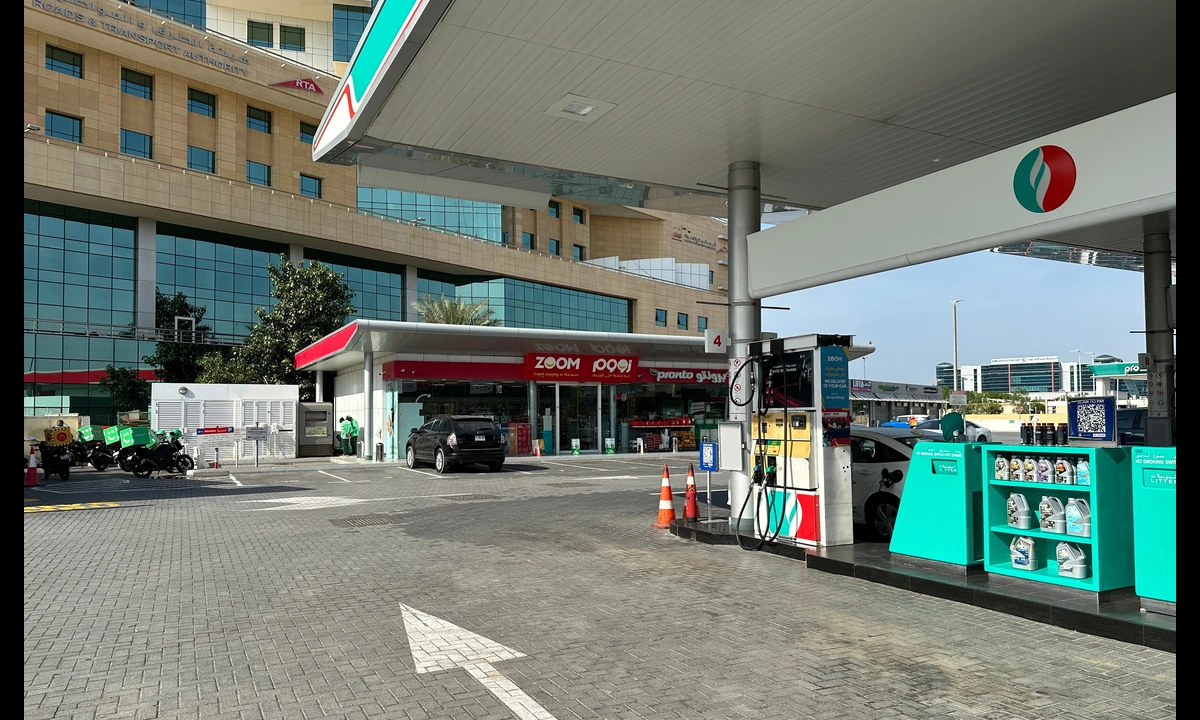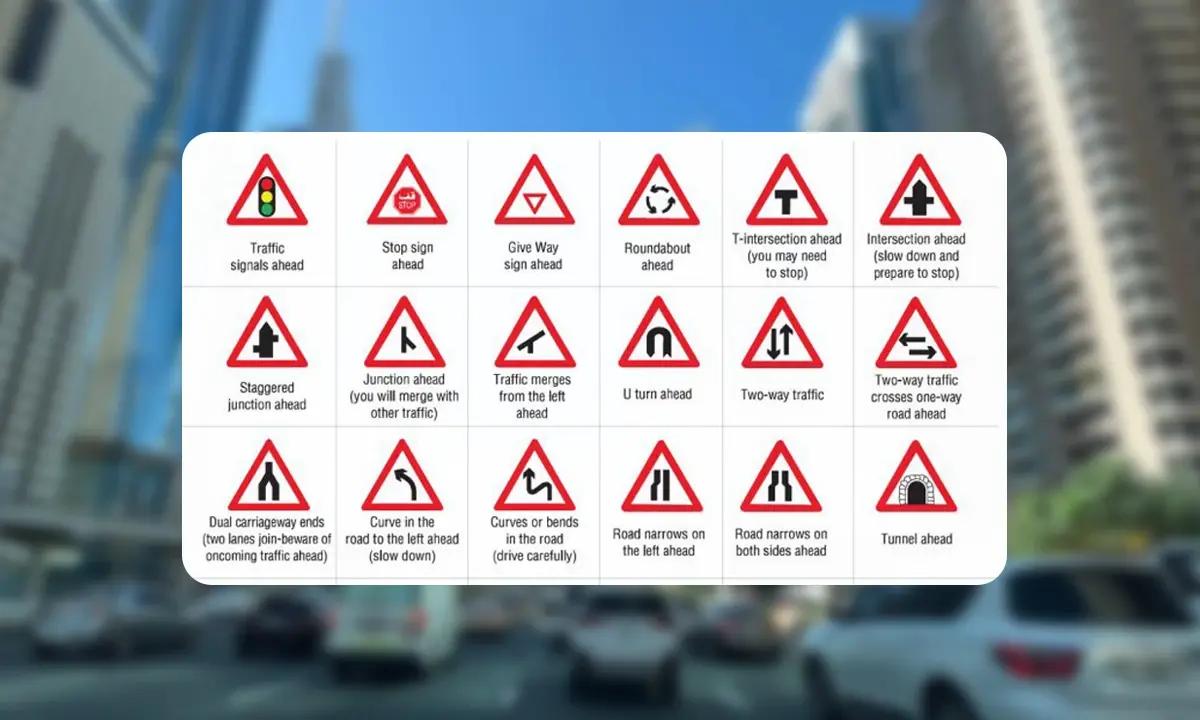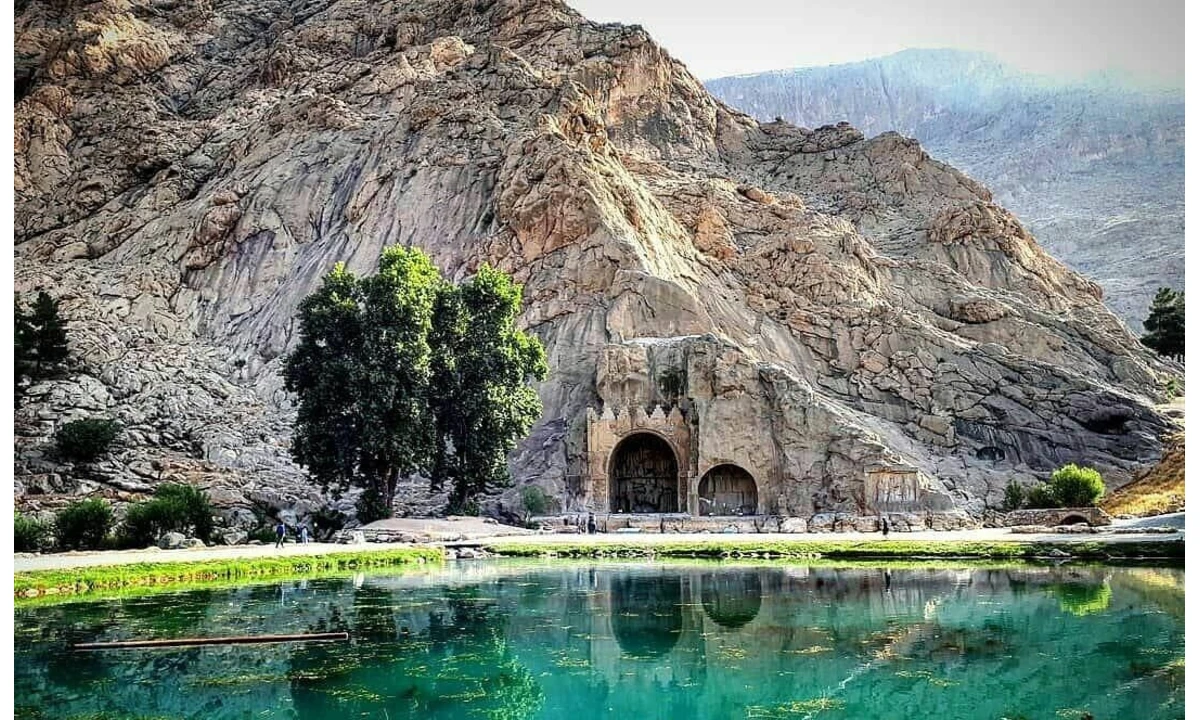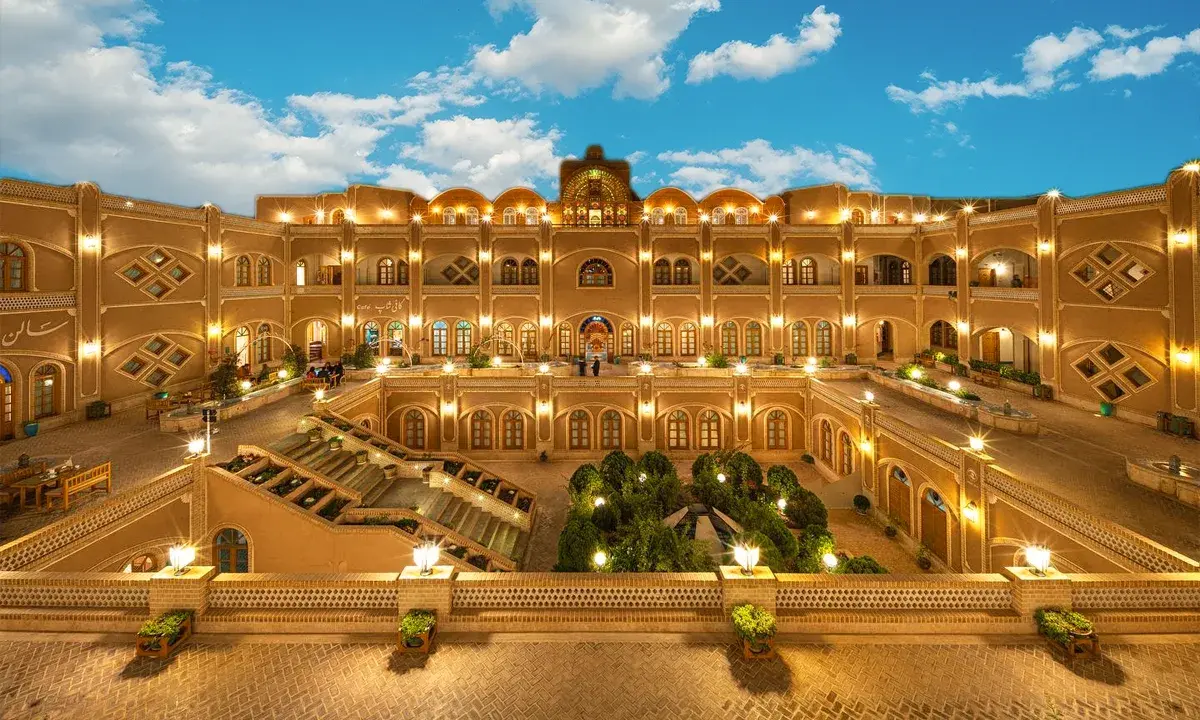A Guide to Transportation for Tourists and Visitors of Iran
![]() Author : Alirezaa | Date : Wednesday 27 November 2024 09:19
Author : Alirezaa | Date : Wednesday 27 November 2024 09:19

With its vast and varied terrain, Iran relies heavily on a diverse transportation system to connect its cities and regions. For travelers, navigating this network is essential for exploring the country's rich cultural and natural heritage. This guide will cover key transportation options, including air, rail, road, and urban transit, along with practical tips like booking methods, cultural etiquette, and safety precautions, ensuring a smooth journey through Iran.
Air Travel in Iran
Air travel is a convenient way to traverse Iran's vast distances, offering both international and domestic connections. Here's what you need to know:
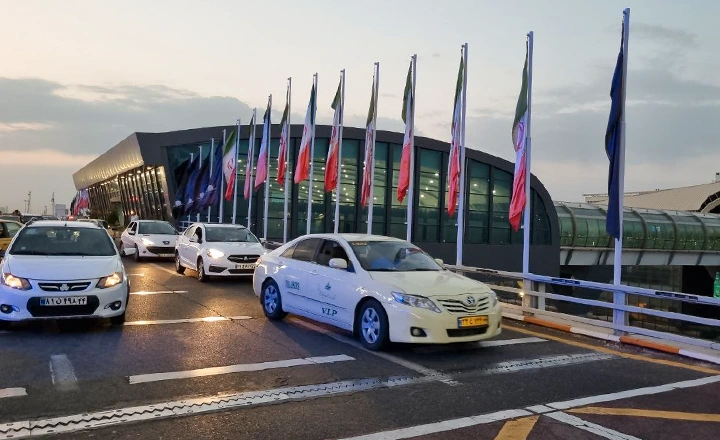
Major Airports and Their Locations
- Imam Khomeini International Airport (IKA): Located about 30 km southwest of Tehran, IKA is the primary international gateway into Iran, handling most of the international flights.
- Mehrabad International Airport (THR): Situated in Tehran, Mehrabad primarily serves domestic flights. It's closer to the city center compared to IKA, making it a popular choice for internal travel.
- Other notable airports include Mashhad International Airport (MHD) in Mashhad, Shiraz International Airport (SYZ) in Shiraz, and Isfahan International Airport (IFN) in Isfahan, serving both international and domestic routes.
✔️Read More : IRAN, TEHRAN International Airport Guide
Domestic Airlines and Booking Tips
- Iran Air, Mahan Air, and Iran Aseman Airlines are among the leading domestic carriers, covering a vast network of cities across Iran.
- Visiting airline websites or local travel agencies in cities is advisable for booking flights. Online booking platforms may have limitations due to international sanctions, so prepare to pay in local currency.
- It's wise to book in advance, especially during peak travel seasons such as Nowruz (Iranian New Year) in late March, to secure your desired travel dates.
International Flights to and from Iran
- While international sanctions have affected the number of flights to some destinations, several airlines still operate flights between Iran and countries in Asia, Europe, and the Middle East.
- Checking with airlines directly or consulting with travel agencies within Iran can provide the most current information on available routes and schedules.
- Remember to check visa requirements and any travel advisories for your nationality when planning your trip.
When planning air travel within or to and from Iran, always allow extra time for unforeseen delays and be prepared for varying levels of service. Despite these challenges, air travel remains a fast and effective way to explore the diverse landscapes and cultural riches of Iran.
Rail Travel in Iran
Iran's railway network offers an extensive and comfortable way to explore the country, connecting major cities across its vast landscapes. Here's an overview and some practical advice for navigating Iran by train.
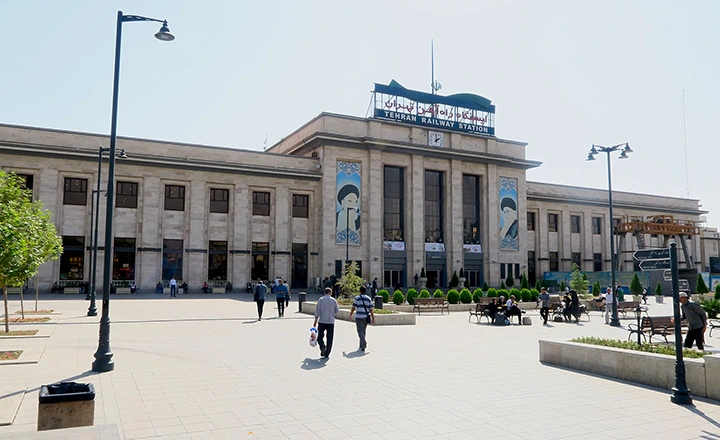
Overview of the Iranian Railway Network
The Iranian rail network spans over 14,000 kilometers, linking many parts of the country from the north to the south and from the east to the west. It offers a reliable and scenic way to travel, providing a unique glimpse into Iran's diverse geography and cultures.
How to Buy Train Tickets
- Online Booking: The Iran Railways website and other third-party websites offer online booking services. However, these may require a local payment method.
- At the Station: Tickets can also be purchased directly at railway stations. This can be more straightforward but consider arriving early to secure your tickets, especially during peak travel seasons.
- Travel Agencies: Local travel agencies can handle the booking process for you, often accepting a broader range of payment options and providing tickets in advance.
Key Train Routes for Tourists
- Tehran to Shiraz: This route passes through historical cities like Isfahan and offers views of the Zagros Mountains, making it a scenic and convenient way to reach the south.
- Tehran to Isfahan: A popular route for tourists, connecting Iran's capital with the stunning historical city of Isfahan.
- Tehran to Mashhad: Serving as a vital link to the northeast, this route is especially popular among pilgrims and tourists alike, heading to the holy city of Mashhad.
Sleeper Trains and Services Onboard
- Sleeper Trains: For long journeys, sleeper trains offer berths for overnight travel. These trains typically provide amenities such as bedding and sometimes meals.
- Services Onboard: Depending on the class of service (1st, 2nd, VIP), amenities can include meal services, air conditioning, and power outlets. Trains are generally clean and well-maintained, with dining cars offering hot meals and snacks.
Tips for Rail Travel in Iran
- Advance booking is recommended, especially for sleeper services or travel during holidays.
- Keep your ticket and identification handy, as ticket checks are frequent.
- Respect local customs and dress codes in shared compartments, especially when traveling in mixed-gender groups.
Exploring Iran by train not only provides a comfortable and scenic journey but also offers a unique way to meet locals and experience the country's hospitality and diverse cultures.
✔️Read More : Travel Itinerary to Iran | Expert Iran Trip Planner 2024
Road Travel in Iran
Road travel is a popular and versatile option for getting around Iran, offering both the independence of driving and the convenience of extensive bus services.
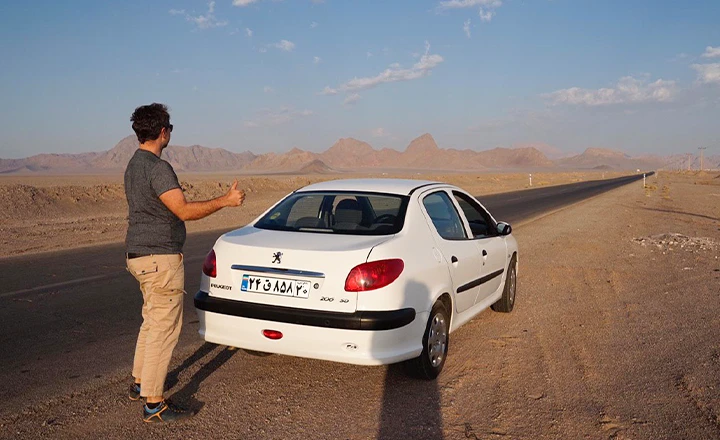
1. Buses
- VIP: VIP buses offer spacious seating, more legroom, and often amenities such as snacks, drinks, and onboard entertainment. They are an excellent choice for long-distance travel.
- Normal: Normal buses are more economical but still provide a comfortable ride. They have more seats and less legroom compared to VIP buses and usually lack extra amenities.
Major Bus Terminals and How to Navigate Them
- Tehran's Beihaghi Terminal and South Terminal are among the largest, serving routes across the country. Other cities have their own central bus terminals.
- Terminals can be busy and somewhat confusing. Look for information desks, and don't hesitate to ask for help in finding your bus platform.
- Tickets can often be purchased on-site, but booking in advance through bus company websites or local travel agencies is recommended during peak travel times.
The bus ticket prices between major cities in Iran
| From | To | Ticket Price (USD) |
|---|---|---|
| Tehran | Isfahan | 6.6 |
| Tehran | Kashan | 4.4 |
| Tehran | Yazd | 10.3 |
| Tehran | Kerman | 10.4 |
| Tehran | Shiraz | 10.3 |
| Yazd | Isfahan | 5.5 |
| Isfahan | Shiraz | 6.6 |
| Yazd | Shiraz | 6.3 |
| Tehran | Tabriz | 7.8 |
Tips for Long-Distance Bus Travel
- Bring water and snacks, especially for journeys that might not stop for refreshments.
- Keep your valuables close and be mindful of your surroundings, as bus terminals can be crowded.
- Dress comfortably for the journey, considering temperature fluctuations.
2. Car Rental and Driving
Requirements for Renting a Car in Iran and Driving in Iran:
- An International Driving Permit (IDP) is required for foreign drivers, alongside your home country's driving license.
- Rental companies may also require you to be over a certain age (usually 19 or 23) and to have held your driving license for at least one year.
Overview of Road Conditions and Safety Tips
- Major highways and roads between big cities are generally in good condition, but rural and mountainous routes can be challenging, especially in adverse weather.
- Traffic in urban areas, particularly Tehran, can be chaotic. Familiarize yourself with local driving habits and always stay alert.
- Seat belts are mandatory, and the use of mobile phones while driving is prohibited without a hands-free system.
Recommendations for Scenic Road Trips
- The Chalus Road from Tehran to the Caspian Sea is renowned for its stunning mountain scenery.
- The road from Shiraz to Yazd passes through desert landscapes and historical sites, including Persepolis.
- Driving along the Coastal Road in the North offers beautiful views of the Caspian Sea and lush forests.
Road travel in Iran offers the freedom to explore at your own pace, from the bustling streets of Tehran to the serene landscapes of the Iranian countryside. Whether opting for the ease of bus travel or the adventure of a road trip, the roadways of Iran open up a world of discovery.
Urban Transportation in Iran
Navigating the urban landscapes of Iran's cities can be an adventure, with various transportation options available to suit different preferences and budgets.
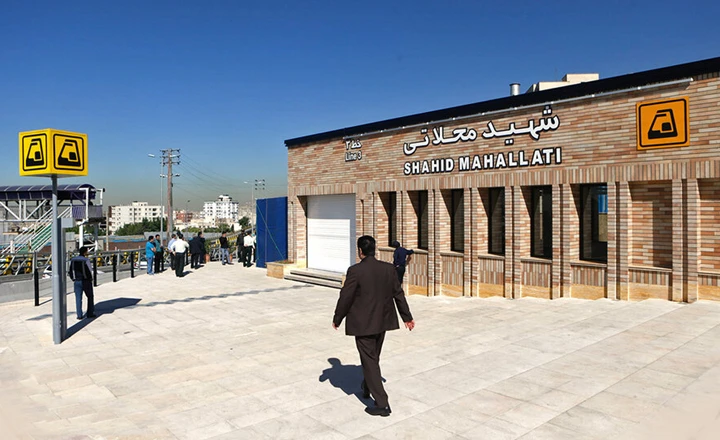
1. Taxis
- Private Taxis: These can be hailed on the street or booked through a hotel. They offer a personal and direct service to your destination. Negotiating the fare in advance is customary.
- Shared Taxis: A more economical option, shared taxis operate on fixed routes. Passengers share the ride with others going in the same direction. Fares are fixed per seat, and no haggling is required.
- App-based Taxis: Services like Snapp and Tap30 are the Iranian equivalents of Uber and Lyft, offering convenient booking through a smartphone app, with clear pricing and route information.
Tips on Fares and Haggling
- Agree on a fare before starting your journey in a private taxi to avoid misunderstandings.
- For longer trips or trips outside of city centers, fares can often be negotiated down.
- Using app-based taxi services can help avoid the need for haggling and provide a receipt of your fare.
2. Public Transit
Overview of Metro, Bus, and BRT Systems:
- Major cities like Tehran, Isfahan, and Shiraz have developed metro systems that are efficient and cost-effective for getting around. Tehran's metro, in particular, spans across the city with multiple lines connecting key areas and landmarks.
- Bus services, including the Bus Rapid Transit (BRT) systems in cities like Tehran, offer dedicated lanes for faster travel times. BRT stations and regular bus stops are widespread and easily accessible.
Tips for Using Public Transport
- Tickets and Passes: Metro tickets can be purchased at stations. For convenience, consider buying a rechargeable metro card. Buses usually require cash payment upon boarding.
- Etiquette: Public transport can be crowded, especially during rush hours. It's respectful to offer your seat to elderly, disabled, or pregnant passengers.
- Safety: Keep personal belongings secure and be aware of your surroundings, especially in crowded conditions.
Public transport in Iran's cities is a reliable and affordable option for getting around, offering a glimpse into the daily lives of locals. Whether opting for the speed of the metro, the convenience of a taxi, or the experience of navigating the bus system, urban transportation in Iran is diverse and accommodating.
Alternative Transportation in Iran
For those looking to explore Iran at a slower pace or with a different perspective, alternative transportation methods like biking, motorbiking, and walking offer unique opportunities to immerse in the local culture and landscapes.
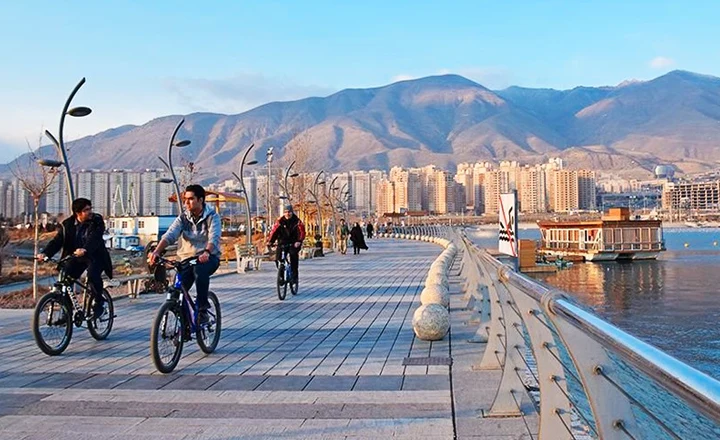
Exploring Iran by Bike or Motorbike
Biking: Cycling is an emerging travel trend in Iran, with more tourists choosing to explore the country's vast and varied landscapes on two wheels. Iran offers routes that cater to different fitness levels and interests, from the flat terrains of the coastal areas along the Persian Gulf and Caspian Sea to the challenging mountainous routes in the Alborz and Zagros mountains. Some cities and tourist spots have bike rental services, and there are guided cycling tours available that cover popular routes and hidden gems.
Motorbiking: For those who prefer motorized two-wheelers, motorbiking across Iran presents an adventurous way to see the country. The freedom of riding a motorbike allows for easy stops in small villages and access to off-the-beaten-path locations. International travelers can rent motorbikes in major cities, though it's essential to have a valid motorcycle license and be aware of the local driving conditions and rules.
Tips for Bike and Motorbike Travel:
- Plan your route considering the climate and terrain. Summers can be extremely hot in desert areas, while mountain passes may be closed in winter due to snow.
- Wear appropriate safety gear, especially a helmet, and ensure your bike or motorbike is in good condition.
- Stay hydrated and protected from the sun, and always carry essentials like a repair kit and a first-aid kit.
Walking Tours in Pedestrian-friendly Cities
Many of Iran's cities boast rich historical centers that are best explored on foot. Cities like Isfahan, Shiraz, Yazd, and Kashan have compact, walkable historical cores where you can wander among mosques, bazaars, gardens, and traditional houses.
Walking Tours: Joining a guided walking tour can provide insights into the history, architecture, and culture of the area. Many tours focus on specific themes like culinary experiences, historical sites, or arts and crafts, offering a deeper understanding of the local heritage.
Self-guided Walks: For those who prefer to explore at their own pace, many cities are equipped with signposted routes and pedestrian areas that make self-guided walks enjoyable. Tourist offices and local accommodations often provide maps and recommended walking itineraries.
Tips for Walking Tours:
- Wear comfortable shoes and clothing suitable for the weather and walking for several hours.
- Carry water, sun protection, and a hat, especially in the warmer months.
- Be respectful when taking photographs, especially of people and in religious sites.
Exploring Iran through alternative transportation methods like biking, motorbiking, or walking offers a closer look at the country's natural beauty and cultural richness, allowing for a more personal and engaging travel experience.
Traveling Between Islands in the Persian Gulf
The Persian Gulf is home to several beautiful islands, including Qeshm and Hormuz, known for their unique landscapes, culture, and biodiversity. Ferry services are a vital link to these islands, providing an essential means of transportation for both locals and tourists.
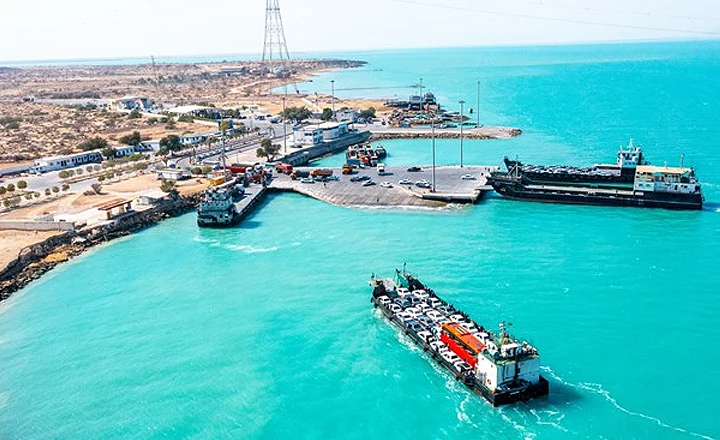
✔️Read More : The Natural Beauties of Qeshm Island
Ferry Services in the Persian Gulf
- To Qeshm Island: Ferries to Qeshm depart from Bandar Abbas and Bandar Pol. The journey offers stunning views of the Strait of Hormuz and takes about 40 minutes to an hour, depending on the departure point and ferry type.
- To Hormuz Island: Regular ferries and speedboats connect Bandar Abbas to Hormuz Island. The trip typically takes about 30 minutes by speedboat, offering quick and scenic access to the island's colorful landscapes and beaches.
- Other Islands: Services also connect to other islands like Kish and Hendurabi, with ferries departing from mainland ports such as Bandar Lengeh and Bandar Abbas.
Booking Tips and Schedules
Booking Tips:
- Ferry tickets can usually be purchased at the port on the day of travel, but it's advisable to arrive early during peak seasons or holidays to secure a spot.
- For a more streamlined experience, consider booking through local travel agencies that can arrange tickets in advance, especially if you're traveling in a group or with significant luggage.
- Some ferry services offer online booking options, though these may not always be available in English. Local hotels or hostels might assist with online bookings if needed.
Schedules:
- Ferry schedules are subject to change based on weather conditions, seasons, and demand. It's crucial to check the latest timings a day or two before your planned trip.
- Generally, ferries operate from early morning until the evening, with reduced services on Fridays (the weekend in Iran) and public holidays.
- During the cooler months, schedules might be less frequent, so planning ahead becomes even more important.
Additional Tips:
- Always carry your passport and visa (if required), as checks are common when traveling between islands.
- Consider the weather when planning your trip; high winds or rough seas can lead to cancellations or delays.
- For the best experience, aim to catch an early ferry to maximize your time on the islands and enjoy the cooler morning temperatures.
Traveling between the islands in the Persian Gulf by ferry offers a unique perspective on Iran's maritime culture and stunning natural beauty, making it a must-do for adventurous travelers seeking to explore beyond the mainland.
Emergency Information for Travelers in Iran
When traveling in Iran, it's crucial to be prepared for any unexpected situations or emergencies. Here's a comprehensive guide to help you stay informed and safe.
Emergency Contact Numbers
- Police: 110 - For immediate assistance in case of crime or to report any suspicious activity.
- Ambulance: 115 - For medical emergencies requiring immediate attention and transport to a hospital.
- Fire Department: 125 - To report fires or any related emergencies.
- Roadside Assistance: 115 or 112 - For vehicle breakdowns or accidents on the road. Note that the availability of roadside assistance can vary, especially in remote areas.
Last Word
Exploring Iran through its diverse modes of transportation offers an enriching and authentic way to experience the country's vast landscapes, historical sites, and vibrant cultures. Whether journeying by air, rail, road, or even on foot, each mode offers its unique perspective and adventure. Remember, respecting local customs and adhering to transportation regulations is not only about ensuring your safety but also about honoring the rich traditions and hospitality of Iran. Embrace the journey, and let Iran's roads less traveled lead you to unforgettable experiences.
